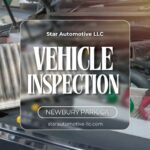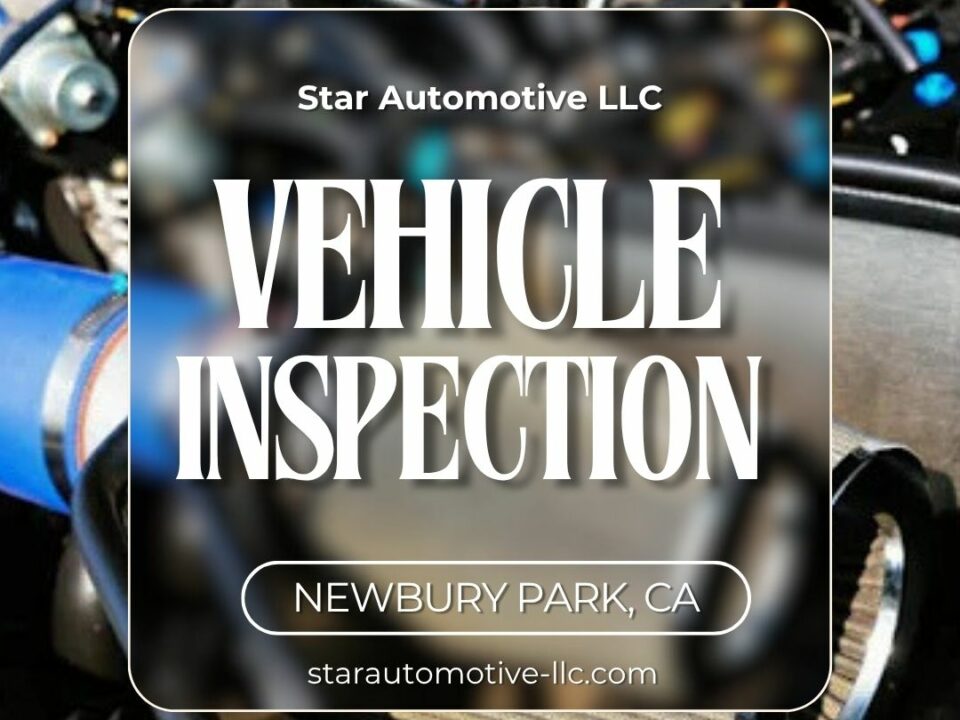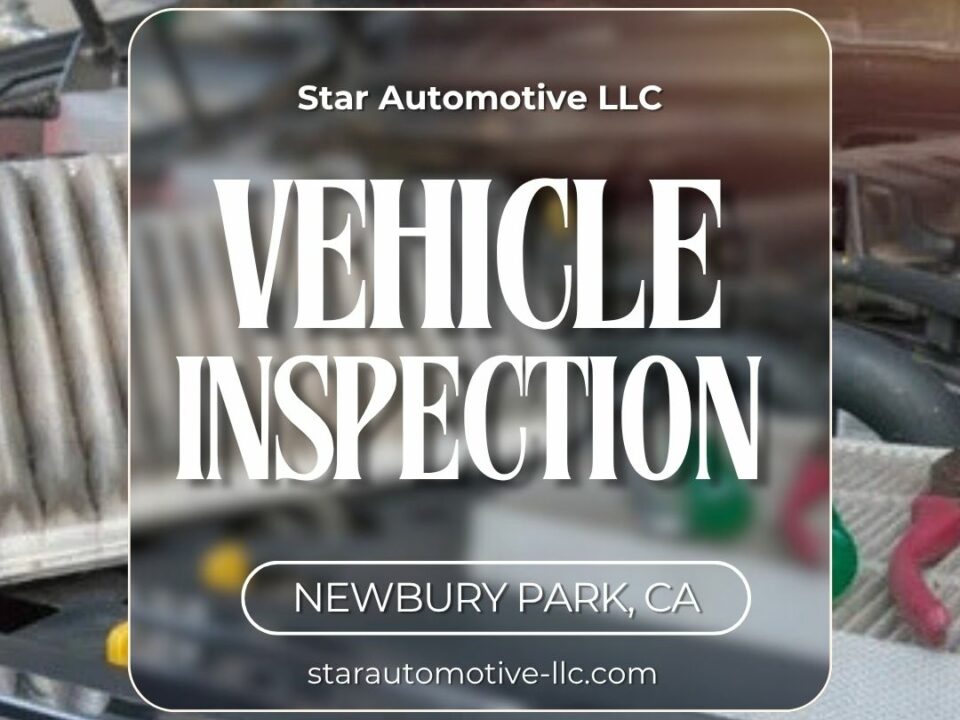
The Complete Vehicle Inspection Process: What Every Driver Should Know
June 18, 2025
How to Prepare Your Car for a Smooth Vehicle Inspection Process
June 18, 2025Have you ever been surprised by a failed vehicle inspection? You’re not alone. Every year, countless drivers face unexpected setbacks during inspections — often for issues that could have been prevented with a little preparation. Understanding these common failures can help you pass your next vehicle inspection with confidence and avoid costly delays.
The Usual Suspects: What Causes Inspection Failures?
One of the most common reasons vehicles fail inspections is worn-out brake components. Thin brake pads or damaged rotors reduce stopping power and create safety hazards. A quick brake check before your appointment can save time and money. Listen for squealing or grinding noises, and have your auto shop inspect your brakes regularly.
Another frequent culprit is faulty or burned-out lights. Headlights, brake lights, and turn signals are all inspected for proper operation. These are easy to overlook but simple to fix. Doing a full walk-around and testing each light can prevent this common failure.
Tire issues also top the list. Bald tires with insufficient tread depth or uneven wear can lead to an automatic fail. Check that your tires have at least 2/32 of an inch of tread (the penny test works well) and that they’re properly inflated.
Emissions-related failures are another concern, especially in states with strict environmental regulations. A check engine light is often an automatic failure flag, usually tied to emissions system faults. A pre-inspection diagnostic scan can reveal hidden problems so you can address them in advance.
How to Prepare for a Successful Vehicle Inspection
Preparation is key to avoiding inspection headaches. Schedule a pre-inspection check with your trusted mechanic to catch potential issues. Review your vehicle’s maintenance records to ensure all services are up to date, especially oil changes, filter replacements, and fluid top-offs. Finally, give your car a quick visual inspection: check wipers, mirrors, horn, and seatbelts.
Stay Ahead of Inspection Trouble
In summary, most vehicle inspection failures are preventable with proactive care. Don’t let small issues derail your day — prepare early, and schedule that pre-inspection check today. A little attention now means a smoother, safer ride and a successful inspection on the first try.
READ MORE:
How to Prepare Your Car for a Smooth Vehicle Inspection Process
The Complete Vehicle Inspection Process: What Every Driver Should Know




